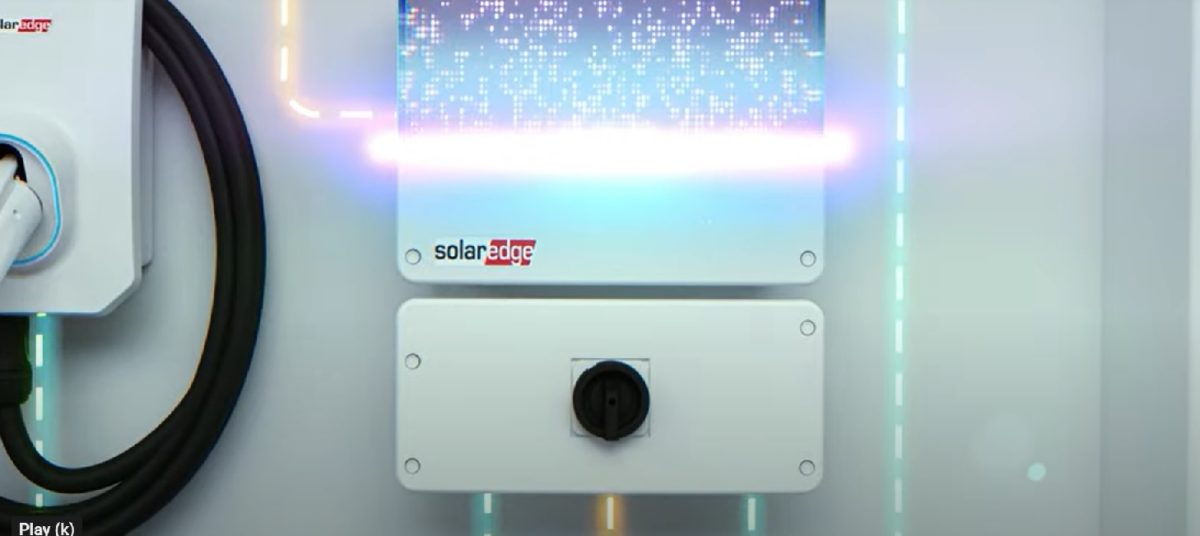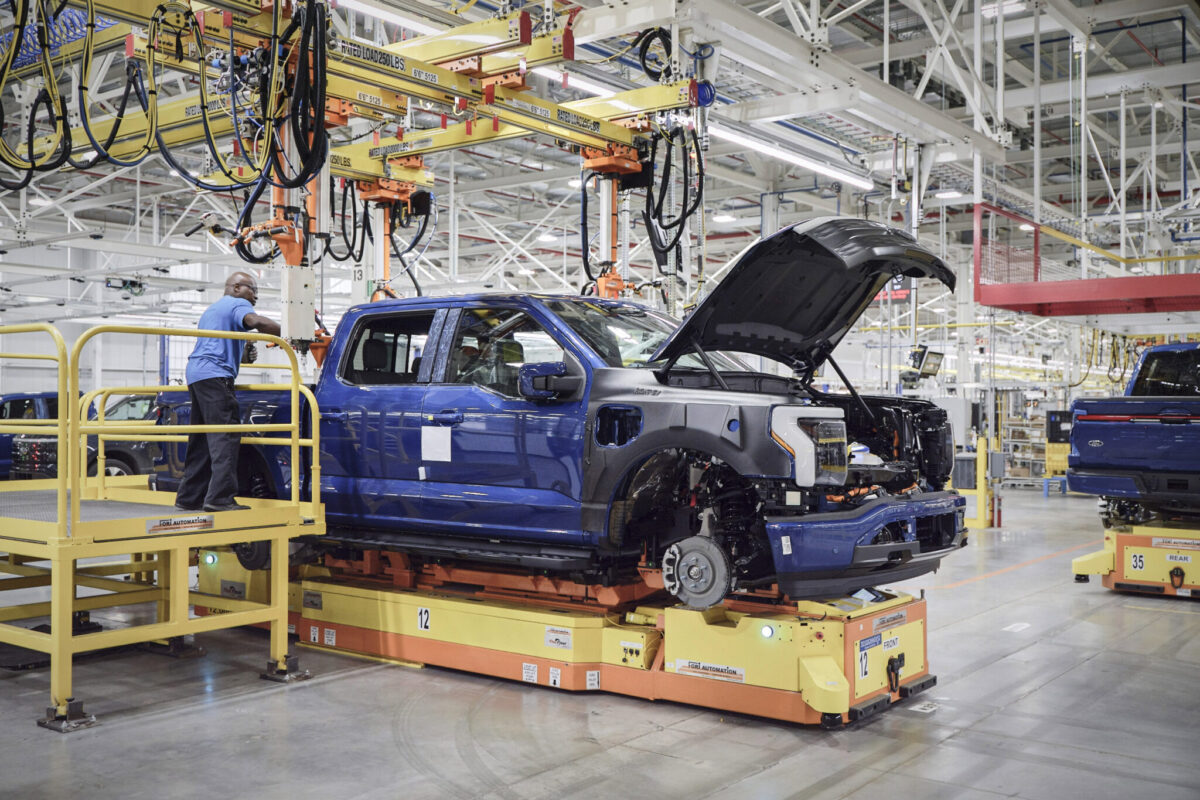After a poor Q3, 2023 earnings report in early November, SolarEdge saw its stock drop precipitously. The company had reported a Q3 adjusted loss of 55 cents per share, which missed earnings estimates of 68 cents, and in the hours following the report, its stock price immediately fell 10% to 20%.
While its stock price has risen in recent weeks, the S&P Dow Jones Indices will move SolarEdge (NASD: SEDG) from the S&P 500 to the S&P SmallCap 600 prior to the open of trading on December 18. pv magazine USA reached out to SolarEdge for comment, but has not received a response as of press time.
SolarEdge, based in Israel, is a provider of string inverters, power optimizers, and energy storage. For Q3 2023, the company posted revenues of $725 million, $676 million of which is from its solar segment. However, looking ahead to Q4, SolarEdge provided guidance of $325 million in revenues.
“The results for the third quarter fell short of our prior expectations and are reflecting a slow market environment, which has resulted in high inventory of our products in the distribution channels, in particular in Europe,” said Zvi Lando, chief executive officer, SolarEdge.
The slow market environment is the result of recent macroeconomic and regulatory forces that are squeezing the residential solar industry. High interest rates and the reduction of net energy metering credit values are causing sharp declines in demand for SolarEdge and its peers.
Its major competitor, Enphase, posted significantly depressed revenue estimates for Q4. And the entry of Tesla into the string inverter market may be causing further downward pressure on the company. SolarEdge shares are up about 2% today at time of publish.
This content is protected by copyright and may not be reused. If you want to cooperate with us and would like to reuse some of our content, please contact: editors@pv-magazine.com.









The solution for base load power at an economical price is the main challenge for electric power. Batteries or other storage sources must be capable of many hours of continuous operation before the sun provides sufficient day time power.